
Residency confusion
However, participating in the policy was not easy and confusing at first, Shi recalled.
The primary problem originated from the country's existing policies. For example, a person's health insurance is attached to their hukou (household registration) status. There are two kinds of hukou status, rural and urban, and health insurance for rural residents costs less than it does for urban dwellers.
However, most of the temple's 267 monks were not sure whether their hukou was rural or urban, Shi said.
The current law rules that people with rural hukou have the use rights of farmland, but all of the monks with rural hukou gave up their farmland. As a result, identifying their hukou statuses was difficult.
"Buddhist doctrine says all human beings are equal, and we have no idea about the hukou differences, particularly here within the temple," Shi said.
Because Shaolin Temple is in the rural area of Henan province, the local government enrolled the monks there into the rural health insurance system rather than the urban system in late 2008, said Jing of the Dengfeng health bureau.
"There were no such regulations on religious people's health insurance until 2011, so we kept low profile on this issue at that time," she said.
China launched the new rural cooperative medical care system in 2003 in a bid to ensure that the country's vast number of rural residents have access to affordable medical treatment and to reduce disease-triggered poverty. Under the policy, both the government and individual contribute.
The annual government subsidy for each participant has increased from 20 yuan in the starting year, 2003, to 280 yuan in 2013, statistics from the Ministry of Health showed.
Matching that, individuals under the policy each paid 10 yuan in 2003 and 60 yuan this year.
In return, participants have 75 percent of their inpatient expenses reimbursed under the rural cooperative medical program, and coverage for outpatient costs are further boosted, Health Minister Chen Zhu said at the national health work conference held early last month.
In Henan, rural participants can have at most 90 percent of their medical expenses reimbursed, Jing said.
At Shaolin Temple, in 2012, a total of 415 people, including monks and more than 130 children in the temple's orphanage, participated in the policy, according to the local health bureau.
One of the temple's monks was diagnosed with cancer and died last year. He had about 60 percent of his medical cost reimbursed under the insurance, and the temple paid the rest, Shi said.
"A 78-year-old monk named Shi Xingzhou in Shaolin Temple suffered from heart disease and went to the hospital at least twice a year for surgeries," he said. "An average of 10,000 yuan of his medical expenses was covered by the health insurance every year."




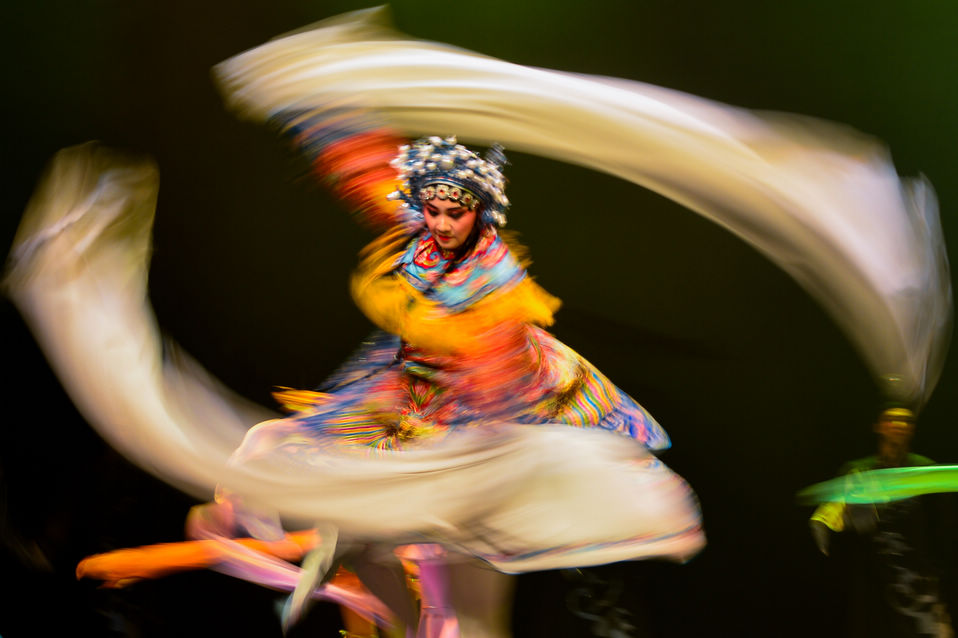
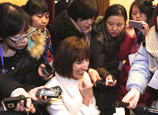
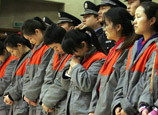
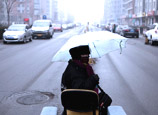


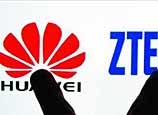







 High-profile divorce saga ends
High-profile divorce saga ends


![]()
